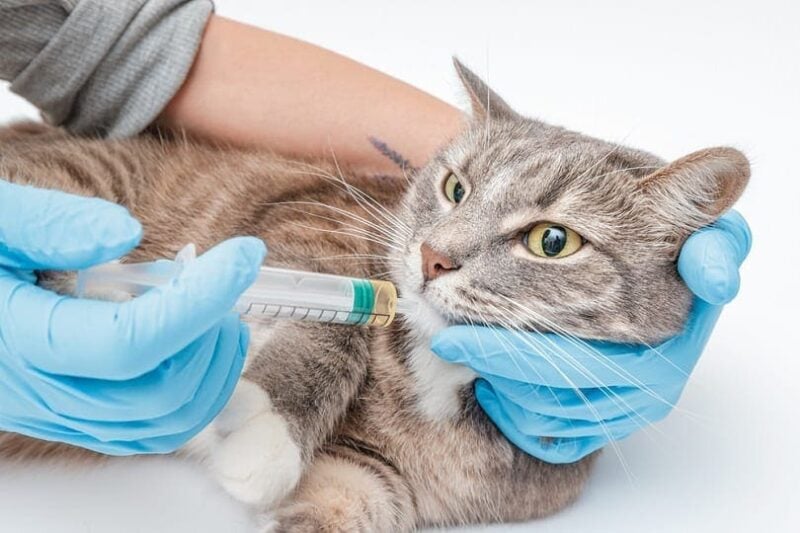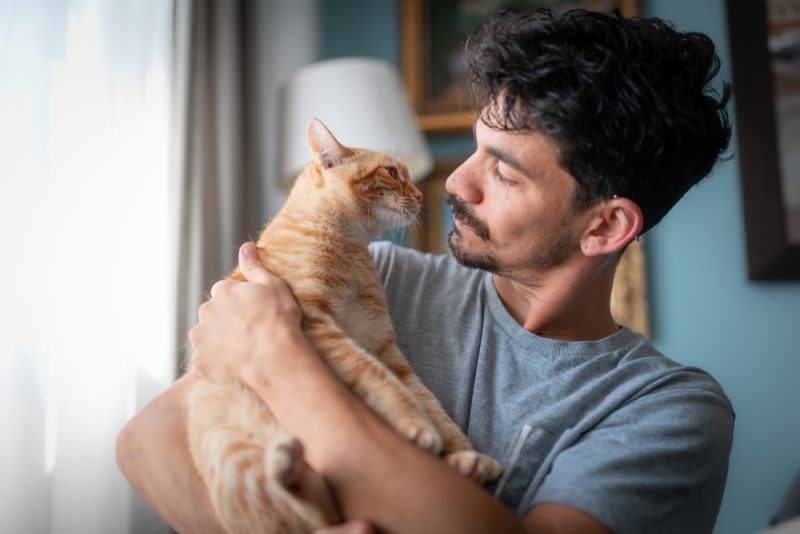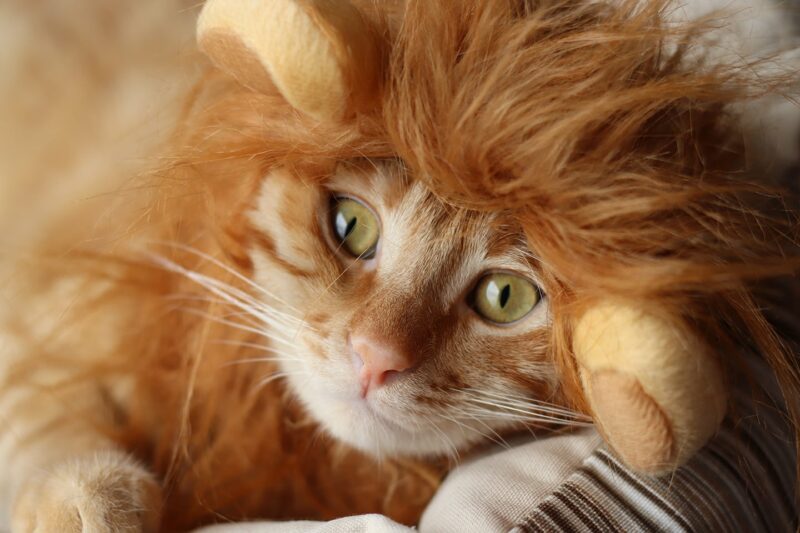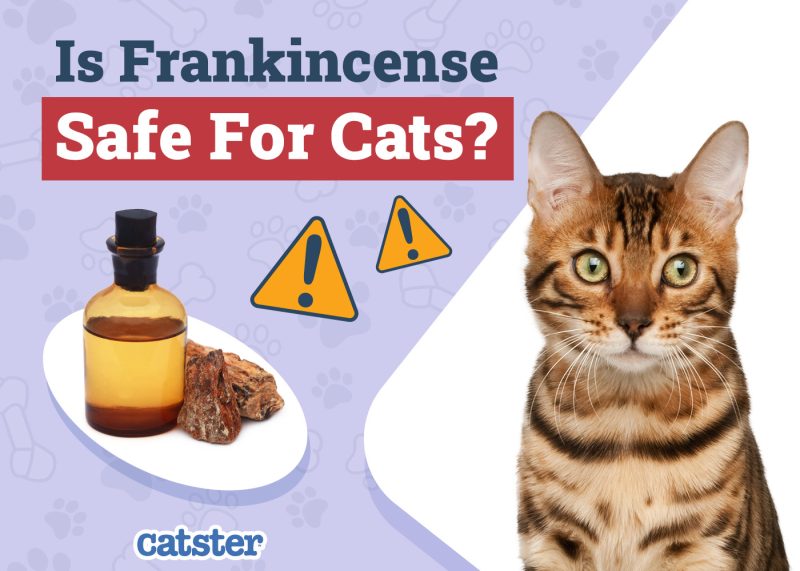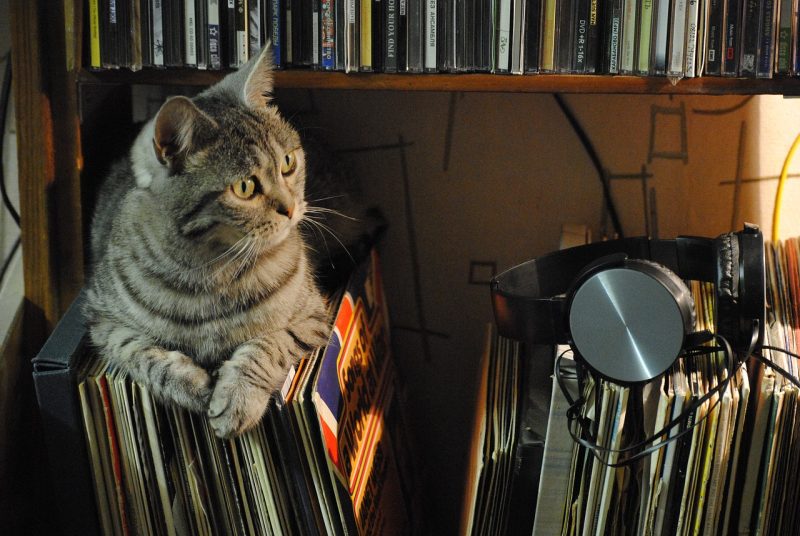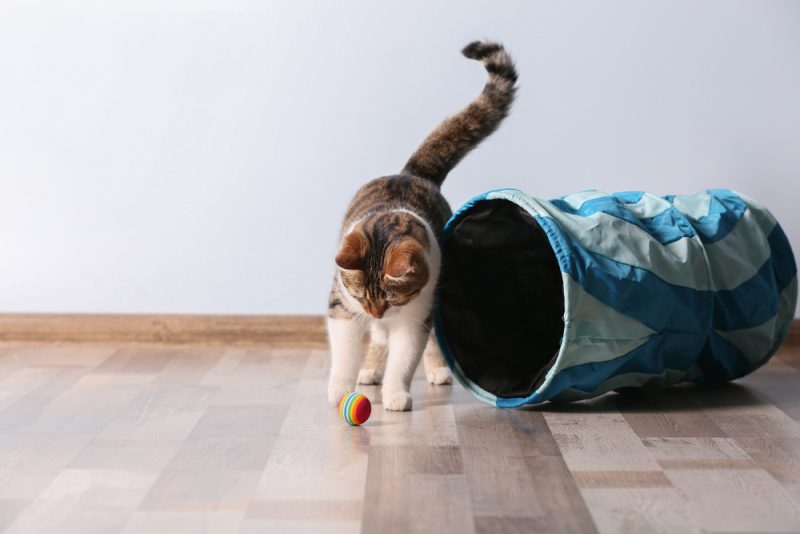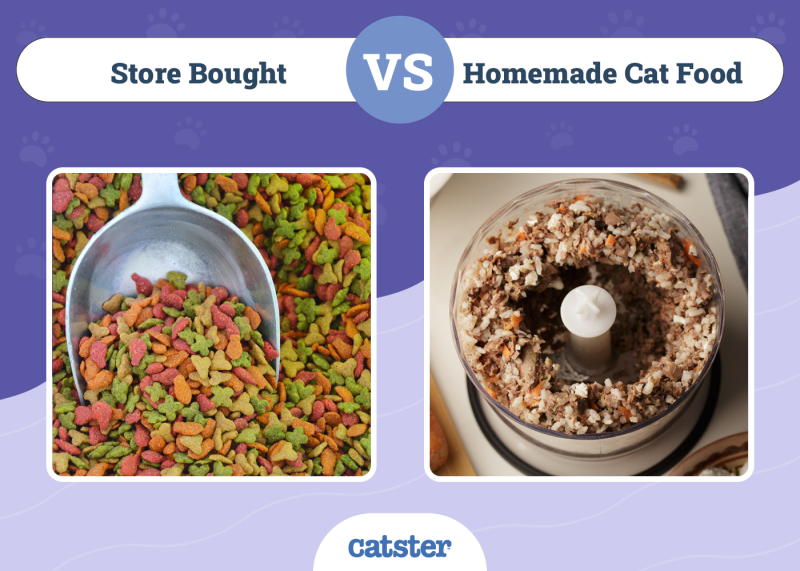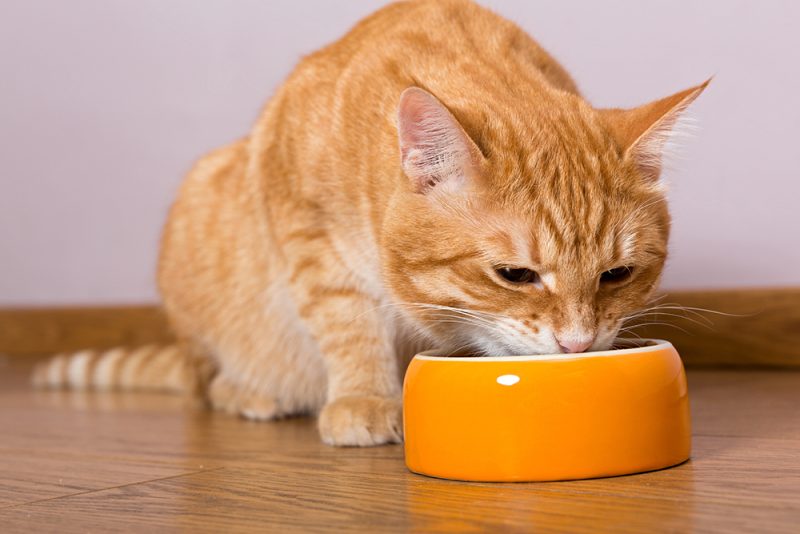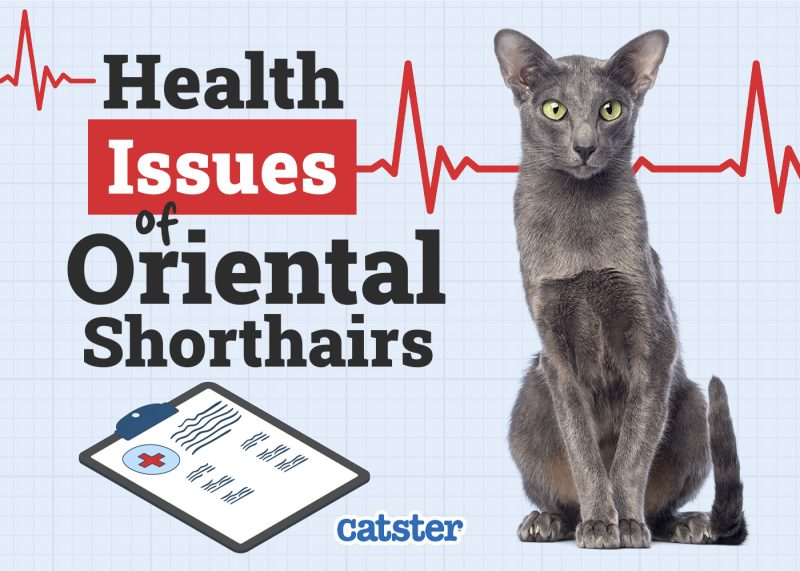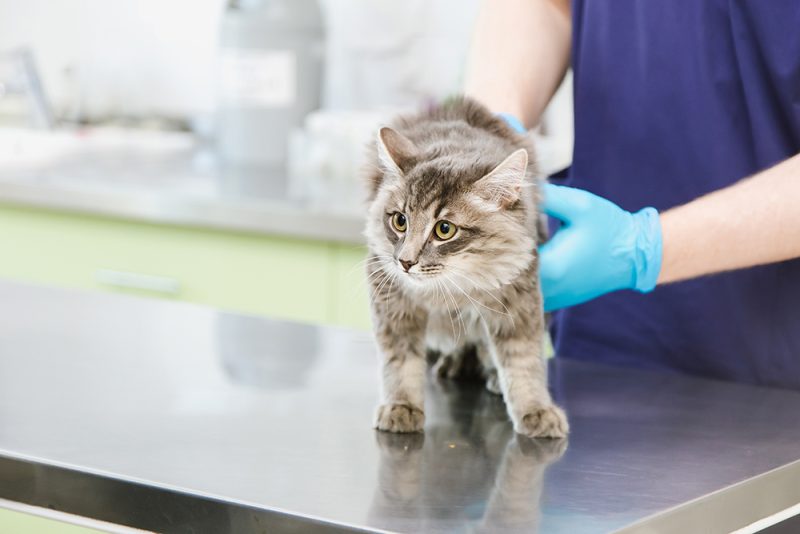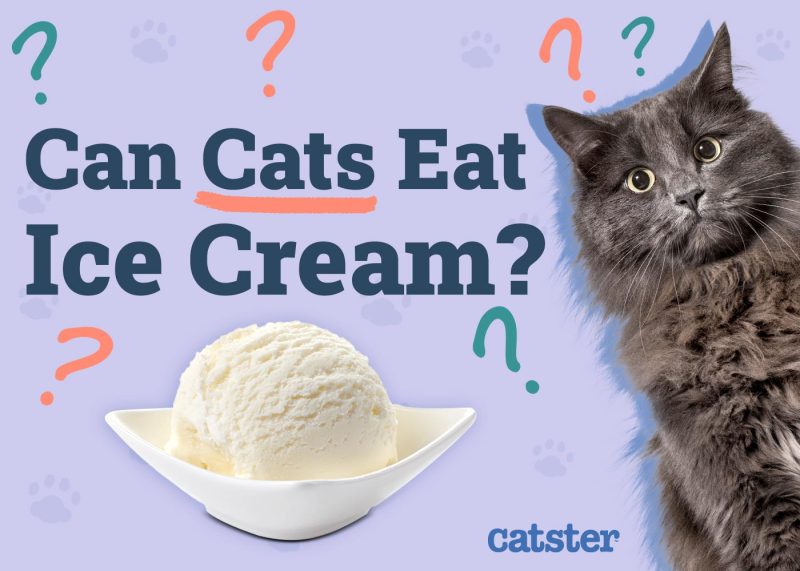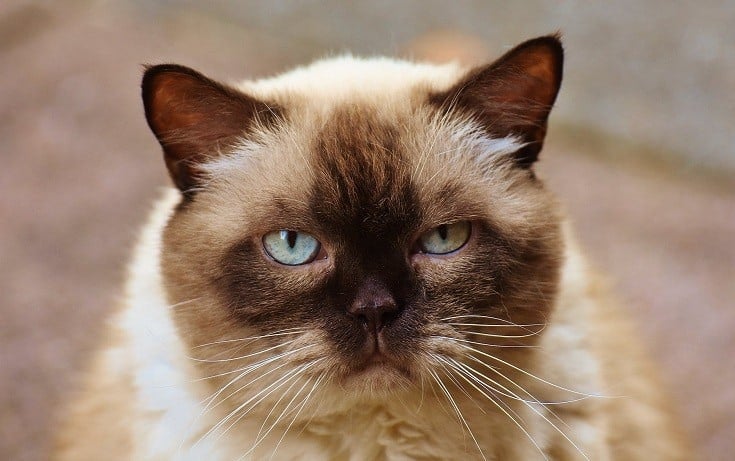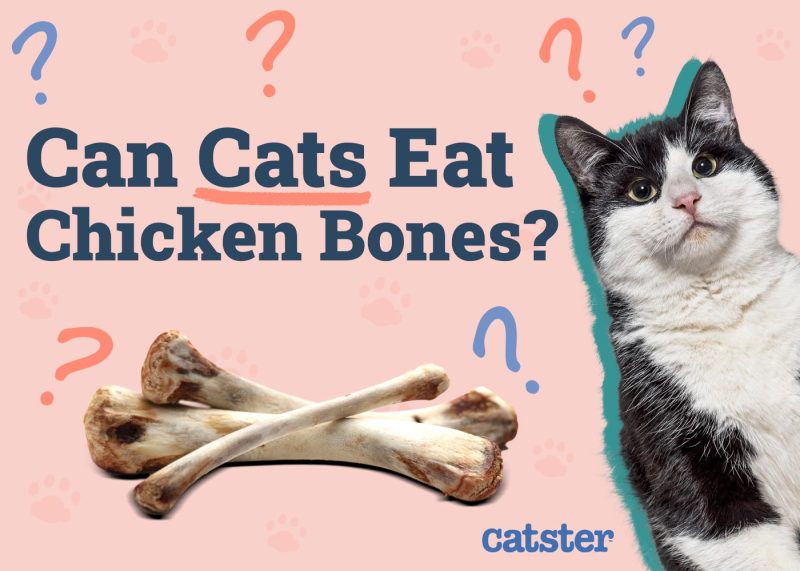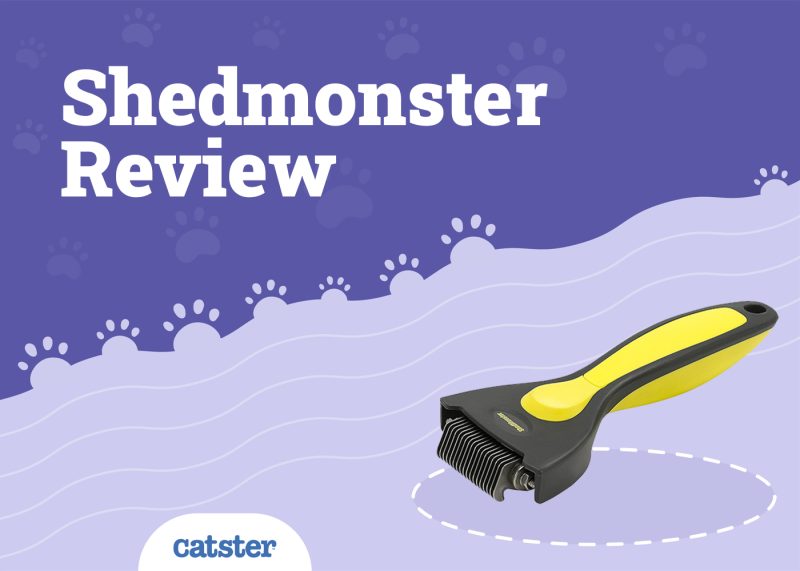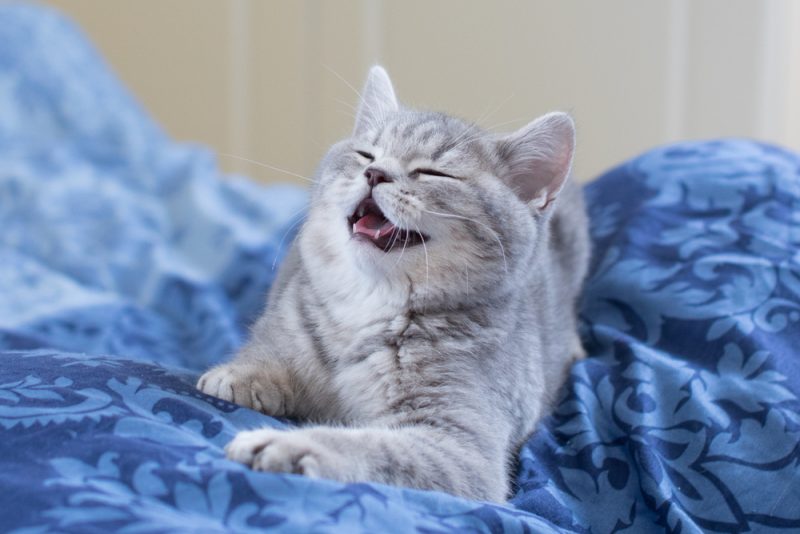There is nothing more frustrating, and worrisome, than a sick cat who won’t eat. Cats may refuse to eat for many reasons. They may be feeling in pain or may have developed an aversion to their usual food. Most often though, inappetence and anorexia will be caused by an illness, either because the cat feels nauseated or can’t smell their food. A cat that doesn’t eat for more than 24 hours should see a vet, and a cat that doesn’t eat for 48 hours is at risk for developing hepatic lipidosis, also known as fatty liver disease, which can be fatal if left untreated.

Force-Feeding Rarely Works
It used to be that force-feeding or syringe feeding was an acceptable method to try to get nutrition into these cats, but, as anyone who has ever tried to force-feed a cat knows, it can be a miserable process for both cat and guardian. The volume of food needed requires multiple feedings of multiple syringes, and it is extremely challenging to meet the nutritional and hydration needs of a cat in this way. In addition, sick cats frequently need multiple medications.
All of this makes syringe feeding a struggle, which leads to stressed cats and stressed humans. This is not only detrimental to the cat’s healing process, it can also damage the bond between cat and human to the point where the cat will run every time she sees her human coming. As a result, many cat guardians give up on cats who won’t eat and elect euthanasia.
“Feeding tubes shorten hospital stays, reduce the stress of administering medications, and ensure that nutrition, one of the most important aspects of healing, happens safely and effectively,” says Dr. Elizabeth Colleran, a feline veterinarian and owner of two cat hospitals. “They can aid in recovery from any illness that involves multiple medications, significant oral pain or any other condition that would cause a cat not to want to eat.”
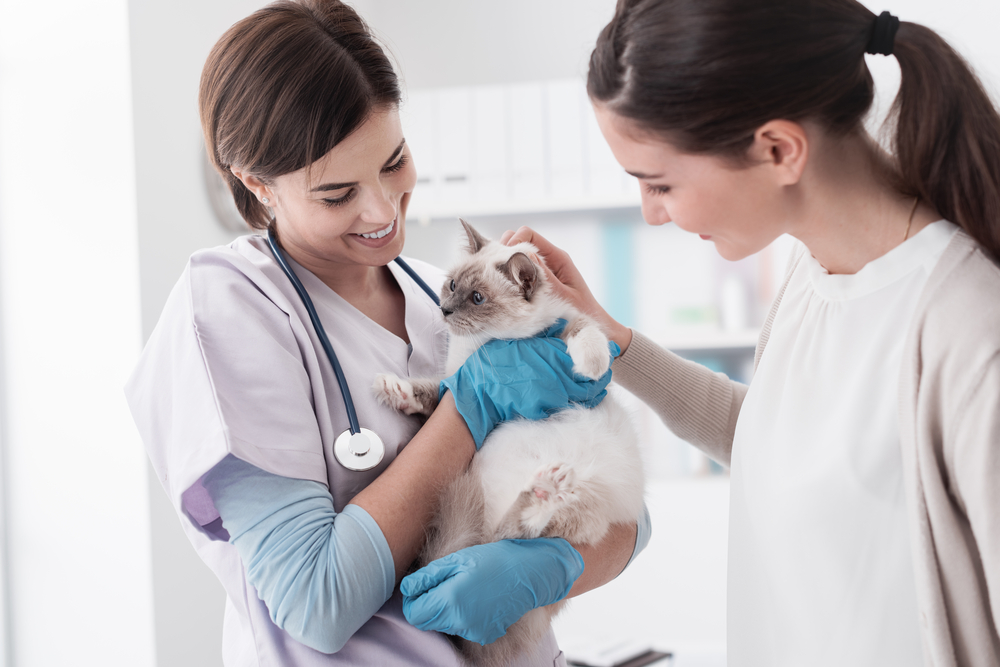
Don’t Be Afraid of Feeding Tubes
Most guardians will balk at the idea of a feeding tube. “I would never put my cat through that” is a frequent reaction. In human medicine, the idea of a feeding tube has end-of-life connotations. Nothing could be further from the truth in feline medicine.
What Is a Feeding Tube?
There are two main types of feeding tubes, nasogastric tubes and esophagostomy tubes. The first one is placed through one of the nostrils and doesn’t require anesthesia. The second type of tube requires the cat to be anesthetized because the tube is inserted through the side of the neck and into the esophagus. The vet then easily passes the tube down into the stomach. The other end of the tube will come out of the side of the cat’s neck and is held in place with a bandage, or even a stylish KittyKollar. The procedure typically takes less than 20 minutes and removal requires no sedation.
Using a Feeding Tube
Food is given via a syringe that attaches to the end of the feeding tube. A veterinarian will guide you as to what kind of food, how much, and how frequently to feed your cat. Food will need to be run through a good-quality blender. The tube will need to be flushed with water after each feeding, and the area around the end of the tube that sticks out of your cat’s neck needs to be kept clean.
Need veterinary advice but can't get to the clinic? Catster recommends PangoVet, our online veterinary service. Talk to a vet online and get the answers and advice you need for your cat without having to leave your living room — all at an affordable price!

The real beauty of having a feeding tube in place is that you can also administer medications through the tube, rather than having to struggle to get your cat to take them.
Cats can eat on their own with a feeding tube in place. Once a cat eats enough on her own, removal of the tube can be considered, unless a guardian elects to keep the tube in place to facilitate delivery of medications.

A Cat Guardian’s Experience With a Feeding Tube
Dr. Kristopher Chandroo, a veterinarian and owner of The 100x Vet in Ottawa, Canada, shared the experience of one of his clients with a E-tube in his comprehensive article, What to Do When They Won’t Eat at All: Pina and the E-Tube. Pina’s guardians share what worked and what didn’t work for them.
There is no question that feeding tubes can improve the quality of life for sick cats. If you’re faced with a sick cat who won’t eat, discuss feeding tubes with your veterinarian. It may just save your cat’s life.
Additional resources: Dr. Lisa Pierson has a comprehensive article about feeding tubes on her website, catinfo.org.
Has your cat had a feeding tube? What was your experience? Would you consider a feeding tube for your cat?
Featured Image Credit: frantic00, Shutterstock
